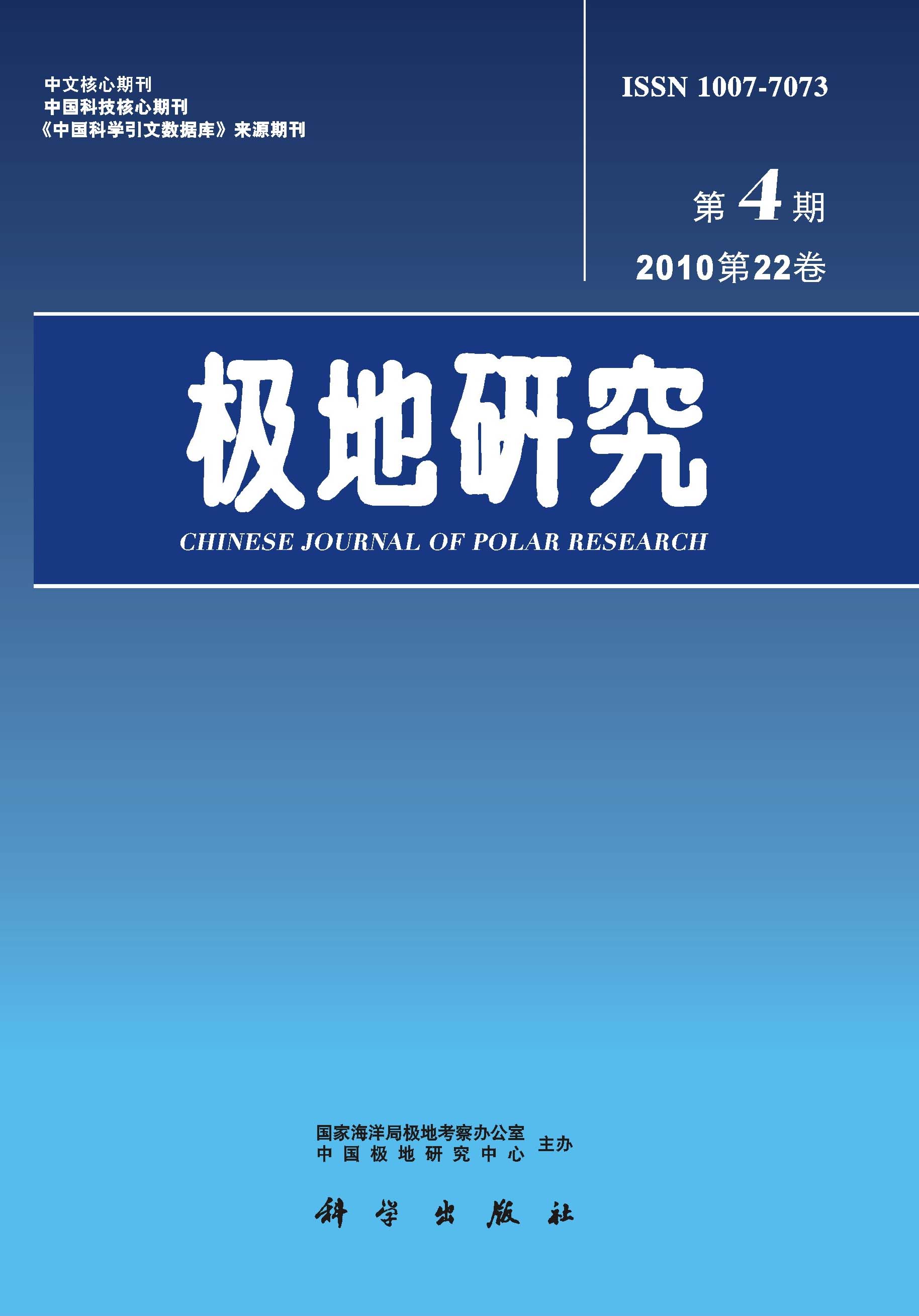The paper deals with the results of our observations on the birds disrtibuted around the Chinese Antarctic Great Wall Station on the King Geoge Island. Eleven species of birds, belonging ro six families (Spheniscidae: Pygoscelis adeliae, P. antarctica, P. papua, Procellariidae: Macronectes giganteus; Daption capense; Hydrobatidae: Oceanites oceanicus; Phalacrocoracidae: Phalacrocorax atricepsf Srercorariidae: Catharafta maccormicki, C. lon-nbergi;Laridae:Larus dominicanus, Sterna vittata),have been observed ond researched. Combining the results with predecessors, investigators describe their fauna, quantity, distribution, reproduction, behavior, habitat etc. It is considered that: 1) The birds living around rhe Great Wall Station are all carnivorous for the reason of lacking the higher plants found in other continents. Food chain here is simple relatively: almost all species feed on great abundance of euphausiid shrimp, cephalopods, fishes, etc., in Sub-antarctic and Antarctic Ocean directly or indirectly. 2) Penguins play a very important role in the whole food chain. An individual penguin takes 200-300g of euphausiid shrimp one day during the five-month period of the production and consumes about 50kg of them during the warm season. Penguins are in turn victims of other animals, e.g. their eggs or juveniles are taken by skuas, giant fulmars, black-backed gulls, etc.; seals are the major predator of them at sea. 3) The reproductive capacity of birds is lower, mortality is higher, each species takes the reproductive activity one time in the warm season and the female lays 1 or 2 eggs, which would be beneficial for birds to guarantee getting enough food to their offsprings in the food-lacking area.On the other hand, the quantity of violent birds is not too much here. 4) All observed birds are praecocial and semi-praecocial, but the juveniles are in the down after hatching and the rearing period of parent birds is longer, which is very exclusive among the known species.And it is undoubtly a special adaptation for enhancing survival rate of young chicks in cold climate on the pole area. 5) The behavior defending juveniles is quite strong. Some species, such as chins-trap penguins, terns, cape pigeons, giant fulmars, skuas, etc., attack certainly any aggressor when their eggs and juveniles are threatened or after enemy enters their breeding areas. For such species as terns, skuas, etc., eggs and juveniles have a quite better protective coloration yet. These adaptive methods might be great effective for the multiplication of the populations.

